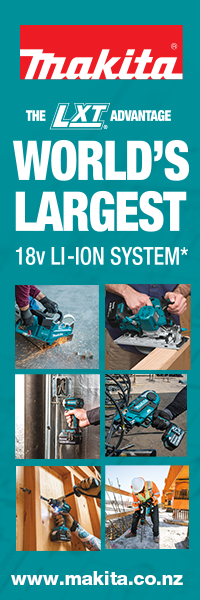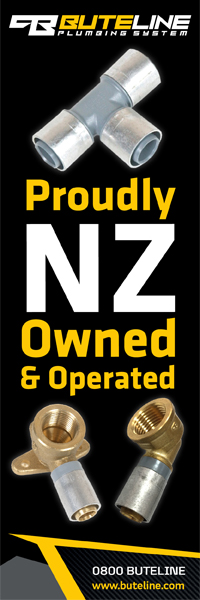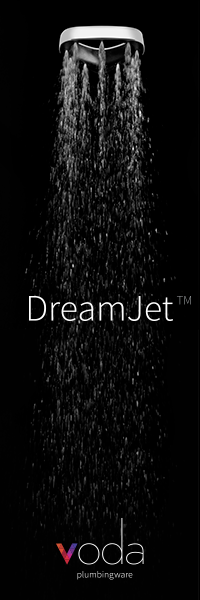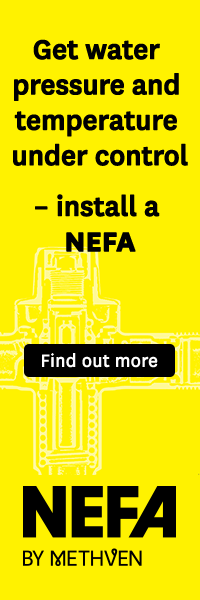Leaky building saga drips on
19 November 2020
Weathertightness issues and leaky homes are back in the national news, with high-profile cases making the headlines. We take a closer look at some recent settlements and progress for building law reform proposals.
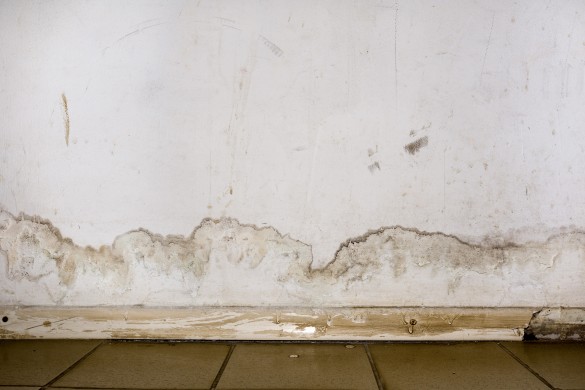
In Tauranga, the city council has spent over $20 million settling with luxury apartment owners in the Cayman Apartments case, after investigations revealed a wide range of alleged structural and cladding defects.
In Napier, the council has also just settled for an undisclosed sum in the ‘rusty’ West Quay apartment case. While in Auckland, owners of the Mountain View apartments have secured funding to pursue their case against building consultants Maynard Marks, for what has been dubbed New Zealand’s ‘most expensive leaky building’.
Weathertightness plumbing industry impacts
Weathertightness is a very real issue for plumbers and gasfitters. Not only does the work, by necessity, involve penetrations in claddings, but tradespeople are vulnerable as installers of products that may subsequently fail to live up to manufacturers’ specifications or durability requirements.
In addition, legal concepts of joint and several liability, can leave plumbing companies out of pocket for building work they were not directly responsible for.
Ian McDermond of McDermond PNG Solutions Ltd in Auckland, has first-hand experience of the toll weathertightness issues and claims can have. Along with numerous other Auckland-based plumbing firms, his company was swept into the initial rounds of weathertightness claims that emerged in the early 2000s.
Merely being involved on a build that subsequently turned out to be ‘leaky’ was sufficient to make you a party to any litigation, no matter how minor your role.
“The claims operate on the principle of ‘last man standing’,” says Ian. “If you show up, you’ll be pursued for a share of the settlement. Often, the builder will have folded, leaving the subcontractors to carry the can.”
Ian remains thankful he had professional indemnity insurance, and advises all companies to get it, if possible. He still regularly encounters leaky buildings in his work, and his advice for others in this situation is to take a step back and be very careful.
“There’s no harm in assessing what needs to be done, but the minute you suspect there may be deeper weathertightness issues at play, then you should be advising the homeowner to get expert advice before you proceed.”
Addressing construction product risk
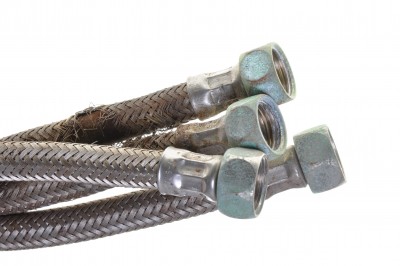
The government’s current building law reform programme contains proposals that, if implemented, will go some way to addressing some of the issues associated with weathertightness risk.
The Building (Building Products and Methods, Modular Components, and Other Matters) Amendment Bill was introduced on 8 May 2020, and has begun the select committee process—with a report back to Parliament due in November.
Key reforms include:
- introducing minimum information requirements for building products to support better and more efficient decision-making, especially at the consenting stage
- introducing a specialist framework for modern methods of construction, such as offsite manufacturing and prefabrication, and speeding up the consenting process
- strengthening the product certification framework to improve trust and confidence in the scheme, and give practitioners more information about new products entering the market.
However, Master Plumbers Chief Executive Greg Wallace doesn’t think the bill goes far enough. “The bill only requires a declaration from the supplier, and there’s no provision for third-party verification of a product’s performance,” he says. “We know from experience that some suppliers will say whatever it takes to get their products into the market.”
Greg also thinks the bill fails to take into account that only around 35 per cent of plumbing work is consented. For the balance, there is no process for ensuring the products used are up to standard, or for enforcement.
In addition, certification tends to attach to individual products, not the overall system. High-pressure, high-temperature systems are now common, and even certified products may fail when used within them, costing $100 millions to repair.
To address this, Greg would like to see the equivalent of the Australian WaterMark system introduced here for plumbing and drainage products, where all systems installed have to be certified. At present, the bill makes no provision for this.
Future steps for building law reform
The bill represents the first stage in the government’s reform programme. The next phase will focus on occupational regulation, looking at ways to ensure tradespeople have the right skills, knowledge, experience and behaviours to do quality building work, and increase accountability when they do not meet the standards expected of them.
Another proposal to introduce a compulsory guarantee and insurance scheme has now been shelved, after the building insurance sector indicated it could not meet demand. The government is now looking at other options to address issues with risk, insurance and liability in the building system, and is expected to report on these later this year.
This blog has been adapted from an article in NZ Plumber magazine, October/November 2020 issue.
You can read the NZ Plumber magazine here

